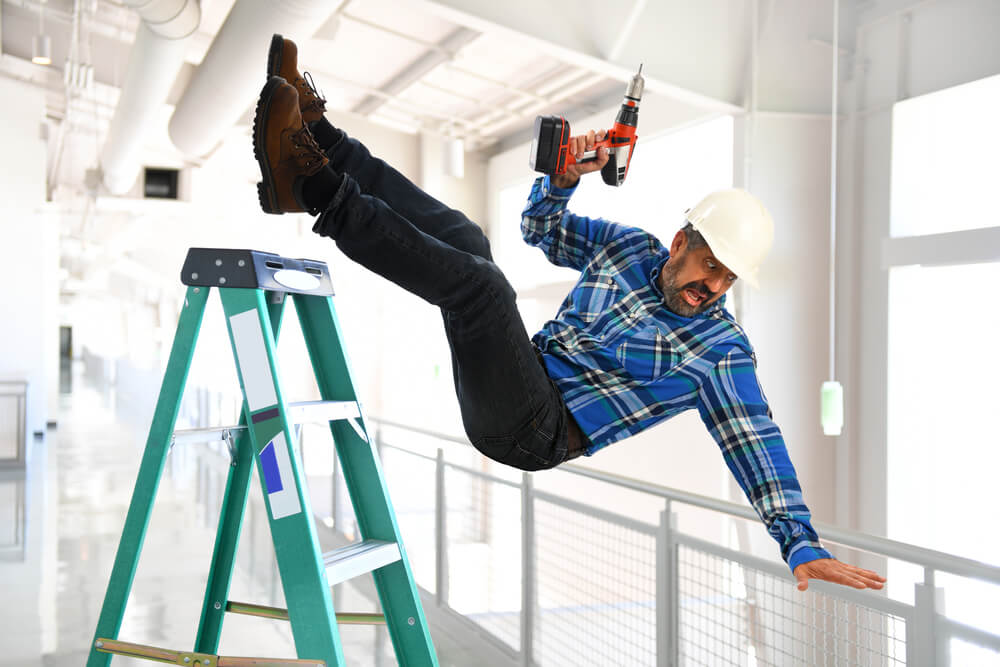According to the Bureau of Labor Statistics, in 2014, 261,930 workers missed one or more days of work due to injuries from same-level falls, and falls to lower-levels. Unfortunately, 798 workers have died from these types of falls. According to NIOSH, those who are most at risk for these types of injuries are in the following work sectors:
-Construction/Extraction
-Building cleaning/maintenance
-Healthcare support
-Transportation and moving materials
This data tells us that falls are the second leading cause of work-related deaths in the U.S. This represents 14% of all worker fatalities. Construction/extraction jobs have the highest fatal fall rates, and falling between levels has the highest fatality rate of all other types of falls (NIOSH). It is also noteworthy that fall rates are highest among men, Hispanics, and older workers. In addition to the physical safety issues at hand, workplace falls also come with considerable financial burdens.
So what do we do with this knowledge? It may come as a shock that falls are so deadly, however this information highlights the need for caution and safety education. Falls are avoidable! Safety practices are in place for a reason, following company safety protocols and being aware of your surroundings at all times can save a life. Companies save money and reduce the risk of losing valuable workers by being proactive. The following are employer guidelines from the National Fall Prevention Campaign – a collaboration of NIOSH, OSHA, and the Center for Construction Research and Training (CPWR):
–Educate workers on fall hazards and proper use of safety equipment
–Plan ahead – to reduce/remove fall hazards
–Provide appropriate equipment when employees are working at or above 6 feet
The need for better enforcement and prevention remains a necessity as work-related falls continue to remain a problem. Since there is no evidence showing a decrease in these types of injuries, further collaboration needs to take place amongst certain groups; such as industry leaders, labor unions, employers, employees, and safety experts to ensure a safer future. Safety plans are a partnership between workers and employers.
Be Safe. Start a dialog with your teams. Look for ways to improve your safety plans to prevent falls. Yearly assessments save lives! PTP is always here to help if you need it.

